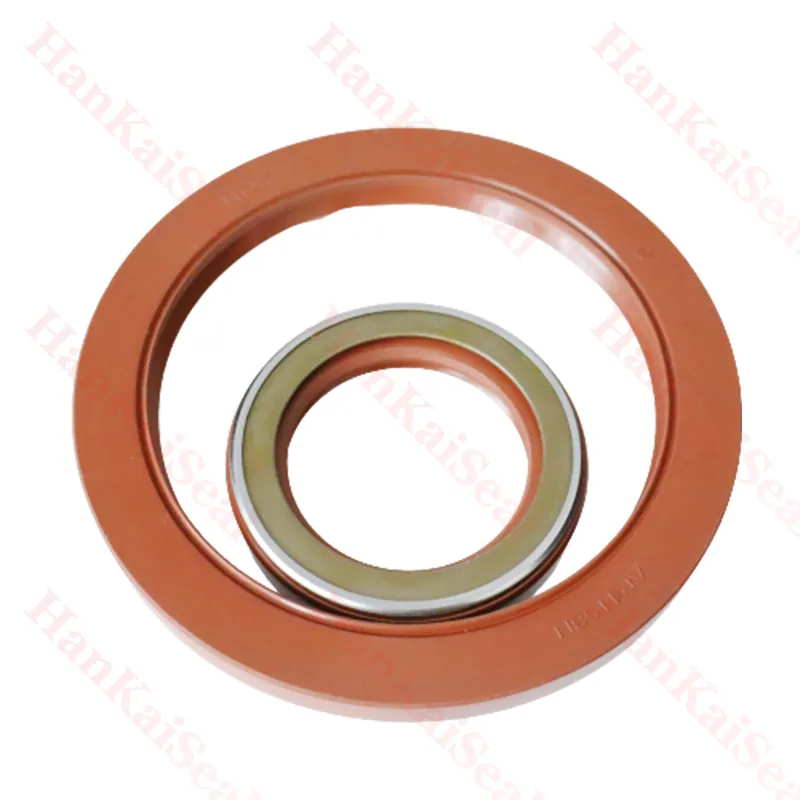नवम्बर . 30, 2024 03:00 Back to list
Seal Kit Solutions for Efficient Pump Performance and Maintenance
Understanding Seal Kits for Pumps A Comprehensive Overview
In various industrial applications, pumps play a vital role in transferring fluids from one location to another. To ensure their proper functionality and longevity, it is crucial to maintain them with high-quality components. Among these components, seal kits for pumps are particularly important. This article explores the significance of seal kits, their components, and how to choose the right one for your specific needs.
What is a Seal Kit?
A seal kit for a pump is a collection of essential seals and gaskets designed to prevent leaks and ensure efficient operation. These kits are specifically engineered to fit a variety of pump models, including centrifugal pumps, positive displacement pumps, and more. The primary function of a seal kit is to provide a reliable barrier between rotating and stationary parts of a pump, thereby preventing fluid from escaping and contaminants from entering.
Importance of Seal Kits
1. Leak Prevention One of the most critical functions of a seal kit is to prevent leaks. A compromised seal can lead to fluid loss, which not only reduces the efficiency of the pump but can also cause environmental hazards if hazardous fluids are involved.
2. Contamination Control Seal kits help to keep dirt, dust, and other contaminants from entering the pump system, which could otherwise lead to substantial wear and tear, ultimately affecting the pump's performance and lifespan.
3. Operational Efficiency Proper sealing ensures that the pump operates at optimal efficiency. This efficiency translates into lower energy costs and improved overall performance, making seal kits a worthwhile investment.
4. Maintenance and Downtime Reduction Regularly replacing seals with the right seal kit can minimize unscheduled maintenance and reduce downtime. This proactive approach helps in maintaining workflow continuity and productivity in industrial settings.
Components of a Seal Kit
A standard seal kit typically contains various components designed to address specific sealing needs
. Key components include- O-Rings These are circular rubber seals that provide excellent sealing ability against liquids and gases, often used in dynamic applications.
seal kit for pump

- Lip Seals Commonly used in rotating equipment, lip seals have edges that create a tight seal with moving parts, effectively retaining lubricants while preventing fluid leakage.
- Gaskets Flat seals that fill the space between two or more mating surfaces. Gaskets are crucial for static applications where there is no relative movement between parts.
- Backup Rings Used in conjunction with O-rings, backup rings are designed to prevent the O-rings from extruding under high pressure. They provide additional support and enhance sealing capacity.
These components can be made from a variety of materials, including rubber, PTFE, and other elastomers, depending on the application's specific requirements, including temperature and chemical compatibility.
Choosing the Right Seal Kit
Selecting the appropriate seal kit for your pump involves considering several factors
1. Pump Model Ensure that the seal kit is compatible with your specific pump model. Most manufacturers provide part numbers that simplify this selection process.
2. Application Requirements Consider the fluid type, temperature, and pressure conditions in which the pump will operate. This information will guide you in choosing a seal kit made from compatible materials.
3. Manufacturer Recommendations Always refer to the pump manufacturer’s specifications and recommendations. This guidance can help ensure that you're using the most suitable and effective seal kit for your equipment.
4. Quality of Components Opt for high-quality seal kits from reputable suppliers. While cheaper alternatives may seem attractive, they may not provide the durability and reliability needed for critical applications.
Conclusion
Seal kits for pumps are essential for maintaining the integrity and efficiency of pumping systems across industries. By understanding their components and functions, you can make more informed decisions that lead to enhanced pump performance, reduced operational costs, and extended equipment life. Regular maintenance and timely replacement of seal kits can mitigate leaks and contamination, ensuring that your pumps operate smoothly and efficiently. Always prioritize quality and compatibility when selecting seal kits to safeguard your investment.
-
Unlocking the Potential of Hydraulic Systems with Essential Sealing Solutions
NewsAug.06,2025
-
Unleash the Power of Your Hydraulic Systems with Our Premium Seal Kits
NewsAug.06,2025
-
Specialized Hydraulic Seal Kits for Breakers, Pistons, and Presses
NewsAug.06,2025
-
Revitalize Hydraulic Systems with Premium Repair and Seal Kits
NewsAug.06,2025
-
Fortify Your Cylinders with Premium Sealing Solutions
NewsAug.06,2025
-
Elevate Hydraulic System Reliability with Specialized Seal Kits
NewsAug.06,2025
-
TCN Oil Seal Metal Ring Reinforcement for Heavy Machinery
NewsJul.25,2025
Products categories
















